The story of the rollout of the WA Telegraph Network.
How Busselton featured in the rollout of the Australian Telecommunications network
Please be advised: this website contains the names, images and voices of people who are now deceased.
Collections WA has a responsibility to preserve and make accessible the history and culture of Western Australia in all its various forms. The intention of Collections WA is to support research, and to reveal actions of the past that have impacted upon communities, families, and individuals.
In doing so, Collections WA acknowledges the need to respond sensitively and appropriately in cases when accessing this material may be confronting to Aboriginal visitors and clients.
Please also note: Some historical materials within this portal may include language or opinions that today are considered inappropriate or even offensive. Collections WA does not endorse this language and apologises for any distress caused.
This is the former Ambergate telephone exchange building.
Externally the walls are clad with what appears to be original painted corrugated iron sheeting. The roof, however, has been replaced in corrugated Zincalume with modern profiles to the ridge capping and barge board capping.
Internally the building has a timber floor and panel and batten cladding to the walls and ceiling. Based on the age of the place this cladding is likely to be asbestos sheeting.
The central display is a Rural Automatic Exchange, or RAX, that was originally installed by PMG at Yoongarillup in the 1950s. It is thought that the very first RAX in WA was installed at Brunswick Junction in 1938 and after the war the government started a push to expand coverage to rural areas that peaked in the 1950’s. This RAX was fitted on site by Bill Weldon and is surrounded by other artefacts relating to the general theme of communication including telephone, radio and Morse code.
Prior to Federation, in 1901, all six Australian colonies had their own telephony communication networks. After Federation, the colonial networks (staff, switches, wires, handsets, buildings etc.) were transferred to the Commonwealth Postmaster-General's Department (PMG) which became responsible for domestic postal, telephone and, telegraph services. The PMG began the rollout of the copper telecommunications network designed to connect Australians to telephone services. People living in rural areas were often left with poor and patchy connections. Many farmers constructed the lines themselves under a “part privately erected” deal that frequently involved using substandard components; like iron rather than copper, and poor layouts such as stringing the lines from trees which led to poor connections and little privacy on shared lines.
From the 1920s smaller automatic exchanges called Rural Automatic Exchanges (RAX) were installed in rural areas that were struggling to find people to run the manual exchange. They were housed in purpose-built buildings and many country areas were dotted with these little metal or wooden buildings. It is thought that the very first RAX in WA was installed at Brunswick Junction in 1938
In 2005, this former telephone exchange building was relocated from Joe Tomcale’s property on Ambergate Road by local firms and volunteers. BHS volunteers have converted it into a museum exhibition featuring historic communication services including displays relating to small telephone exchanges, Morse code communication equipment etc.
The story of the rollout of the WA Telegraph Network.
How Busselton featured in the rollout of the Australian Telecommunications network
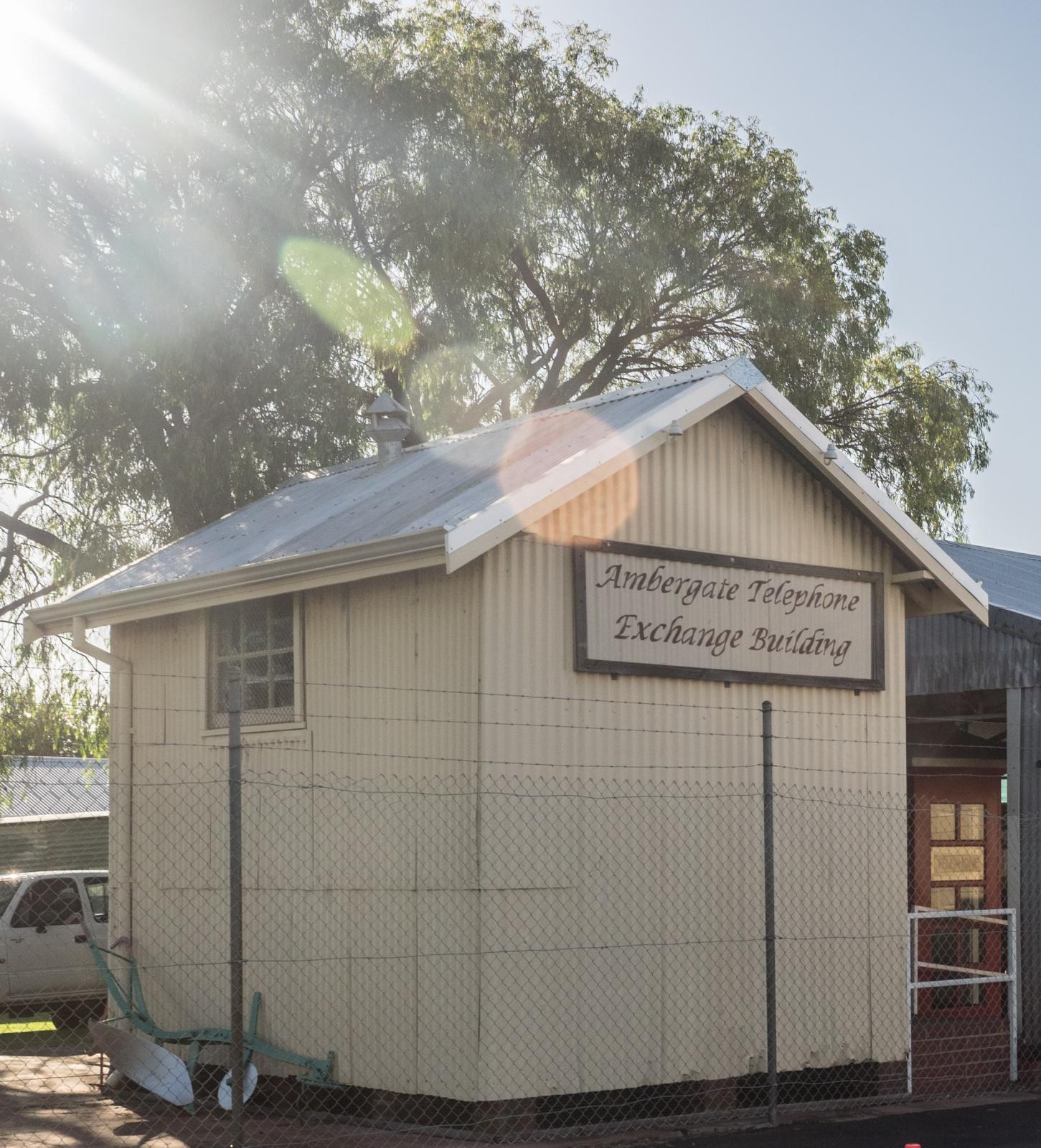

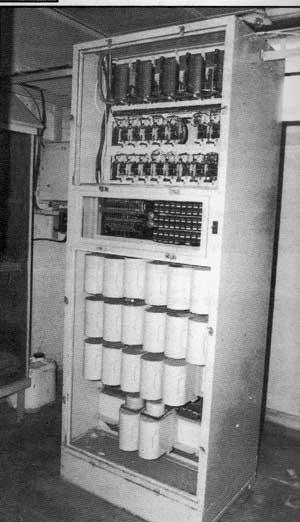
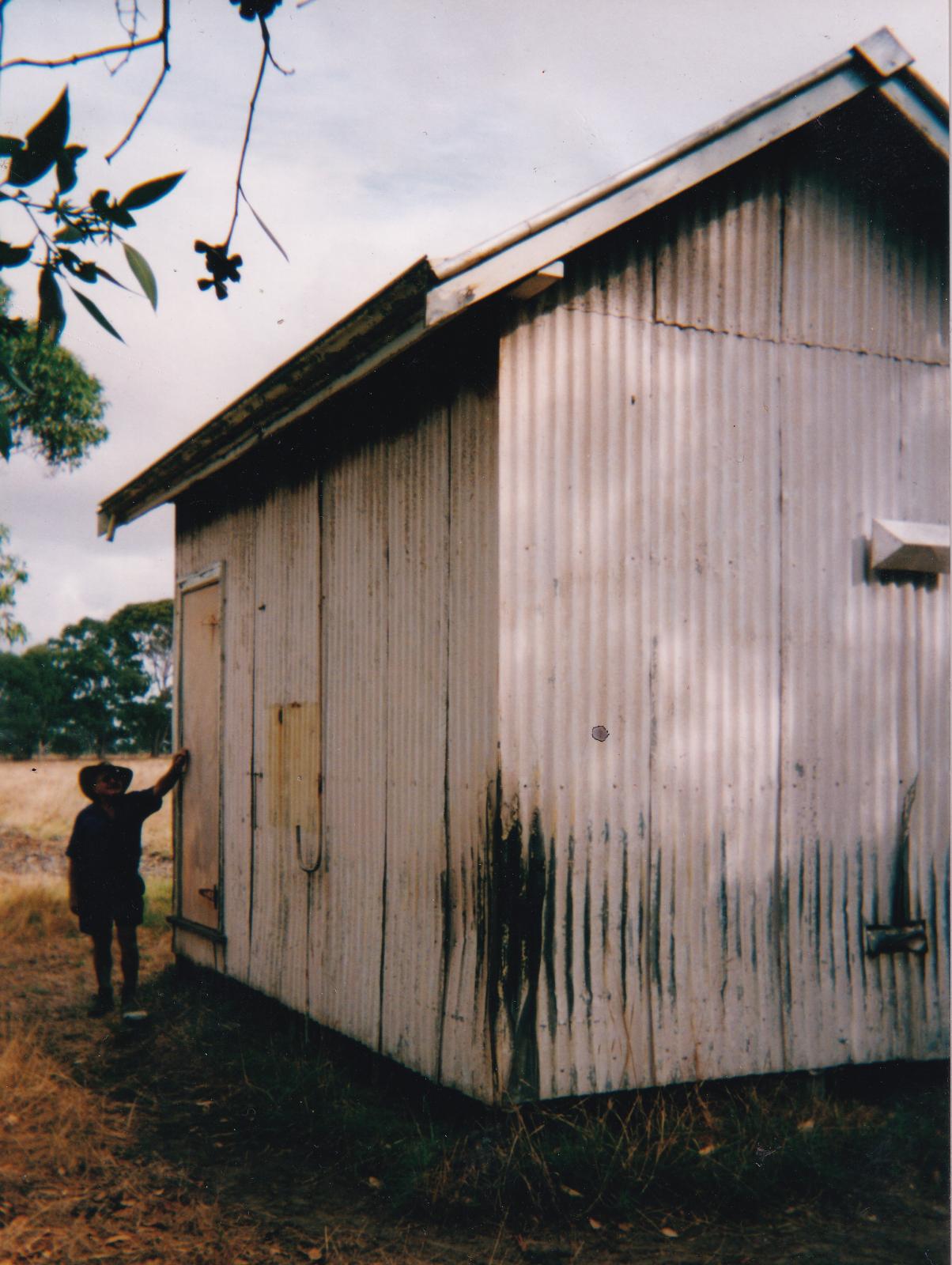

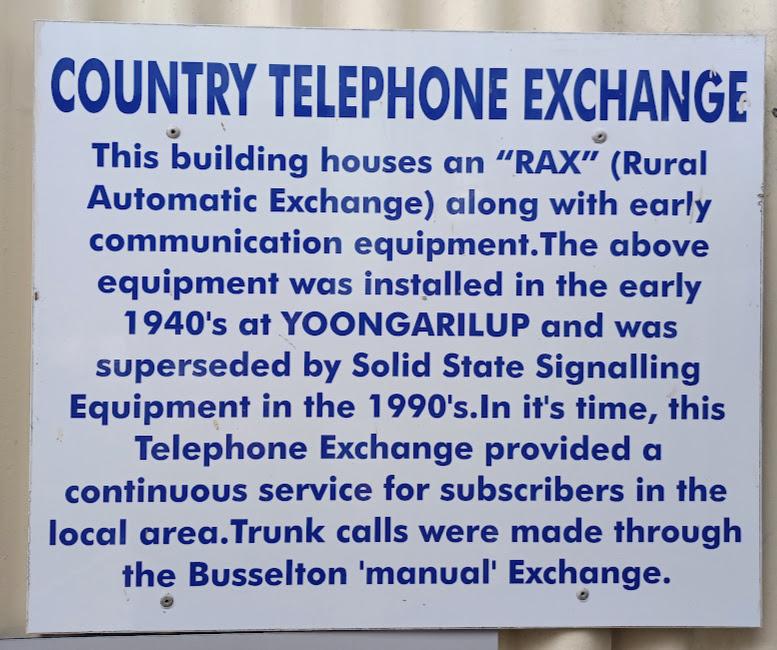
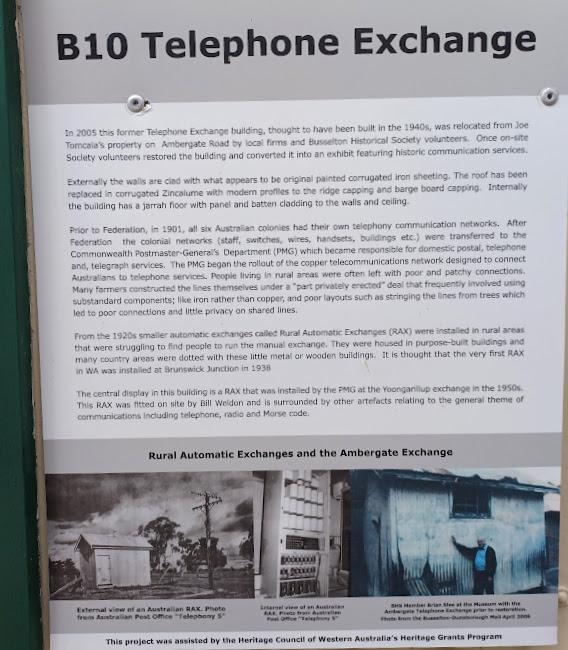
Scan this QR code to open this page on your phone ->
